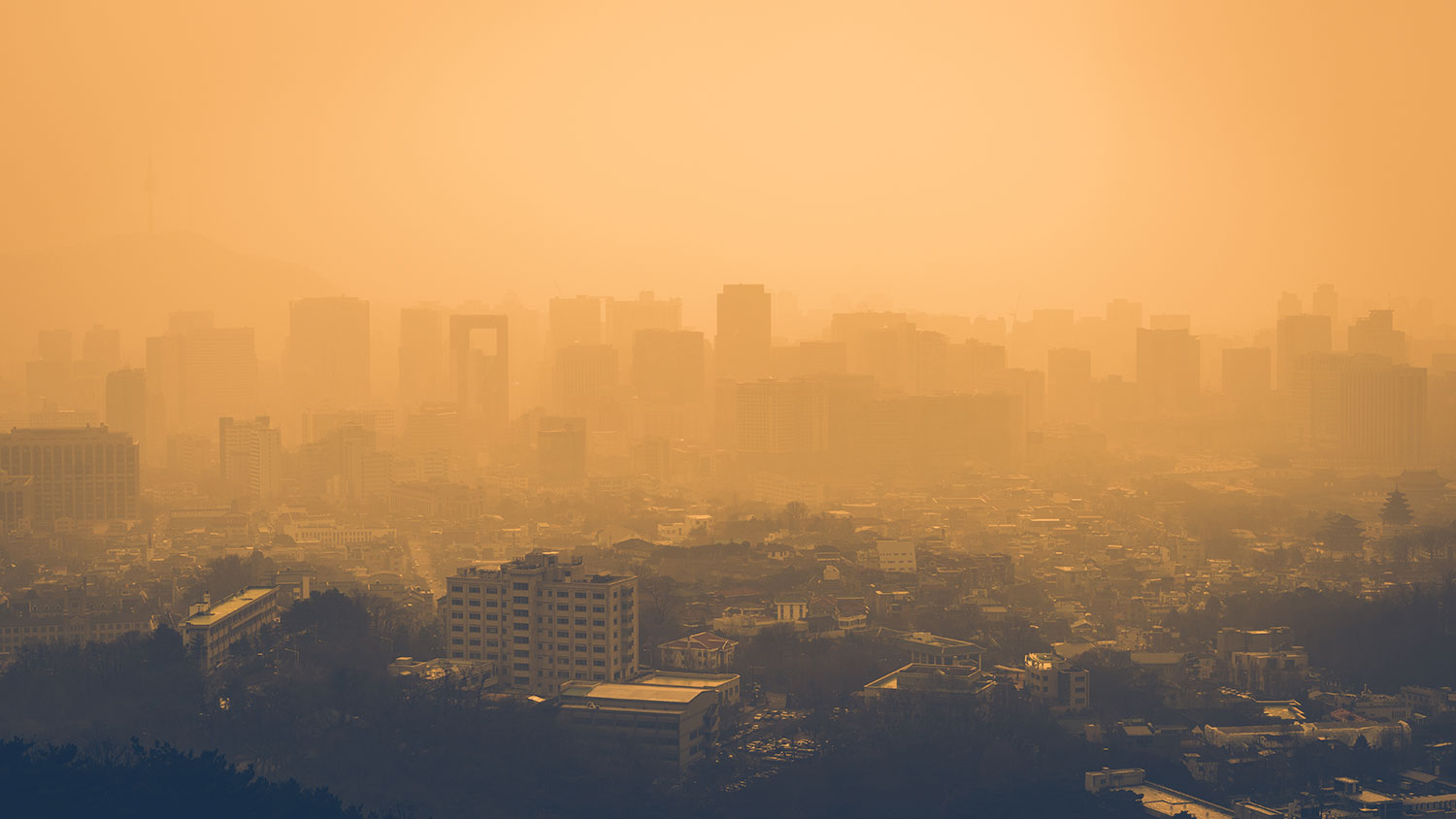
The message delivered in the latest issue of the Greenhouse Gas Bulletin published by the World Meteorological Organization (WMO) on 15 November is clear: greenhouse gas concentrations in the atmosphere reached alarmingly high, record-breaking levels in 2022. And 2023 is on the same course.
Each year breaks the previous record for greenhouse concentrations. Chances to limit climate change to 1.5°C or even 2.0°C above the 1850-1900 reference temperatures aimed by the Paris Agreement are melting away. Greenhouse gas concentrations in the atmosphere keep rising. "Despite decades of warnings from the scientific community, thousands of pages of reports and dozens of climate conferences, we are still heading in the wrong direction," said Petteri Taalas, WMO Secretary-General.
A bleak global situation
Concentrations of the three main greenhouse gases have significantly climbed year-on-year. "No evidence that greenhouse gas emissions are going down, trends in all greenhouse gases are up, all in the wrong direction with continued or accelerating growth for methane and nitrous oxide in the atmosphere," explains Alex Vermeulen, Director of the ICOS Carbon Portal and main editor of the WMO Greenhouse Gas Bulletin.
For the first time in the last 20 million years, global concentrations of carbon dioxide (CO2) in the atmosphere are 50% above the pre-industrial reference levels. Methane and nitrous oxide are also rising, reaching record levels at a pace unseen before. This increase has massive consequences globally. More greenhouse gas concentrations in the atmosphere mean more heat will get trapped on Earth. As many places on Earth could witness this year, higher temperatures generate recurrent and more intense extreme weather events, such as droughts, storms, floodings, and forest fires at a large scale. These extreme events will impact biodiversity, accelerating the decline of species, and has adverse effects on entire ecosystems and is weakening Nature's resilience. More frequent and severe extreme weather events also mean enormous landscape changes, rendering populated regions unhospitable because of heat, erosion, repeated fires or regular flooding. If the concentration of greenhouse gas in the atmosphere keep rising at the current rate, the delicate balance of life on Earth is threatened. The last time the Earth experienced a comparable concentration of CO2 was 3-5 million years ago, when the temperature was 2-3°C warmer and sea level was 10-20 meters higher than now.
A glimmer of hope: science to the rescue (again)
Human emissions are the by far the most important reason behind the recent increase in greenhouse gas concentrations in the atmosphere. "We must reduce the consumption of fossil fuels as a matter of urgency", explained Prof. Taalas. No natural or industrial solution can take up the 55 billion tonnes of greenhouse gas emissions humanity produces annually. Drastically reducing fossil fuel consumption is an urgency. 64% of the warming effect on climate is due to CO2 alone, coming from the burning of fossil fuels and cement production, explains the WMO Greenhouse Gas Bulletin.
But taking such reduction measures is delicate for policymakers, who need instruments to assess, correct and improve their mitigation policies. Authorities from all levels need actionable tools to sustain their actions in battling the causes of climate change. Under the initiative of WMO, the scientific community is working on a global initiative to understand climate change better and address its drivers. Modelled on the Global Atmosphere Watch Programme, the upcoming Global Greenhouse Gas Watch (GGGW) gathers existing national and regional initiatives, such as ICOS, in a coordinated effort to deliver timely, reliable, high-resolution data on greenhouse gases.
The GGGW combines in situ and remote sensing observations with models to deliver state-of-the-art gridded products that cover the entire Earth. The scope of the future GGGW is ambitious: it will monitor human emissions, natural sources, and sinks. At a time when greenhouse gas concentrations keep rising, "provision of accurate, timely, and actionable data on greenhouse gas fluxes becomes more critical," says the Greenhouse Gas Bulletin, sending a glimmer of hope to world leaders ahead of COP28. "We can only follow how the Earth system reacts to the ongoing climate change through more and better observations. We must understand and predict better where we are heading to be able to react with appropriate mitigation and adaptation actions," concludes Alex Vermeulen. The GGGW is due to be operational by 2028.
You can read more about the role of ICOS in the GGGW here.
The 2024 WMO Greenhouse Gas Bulletin is available for free here, along with previous editions.